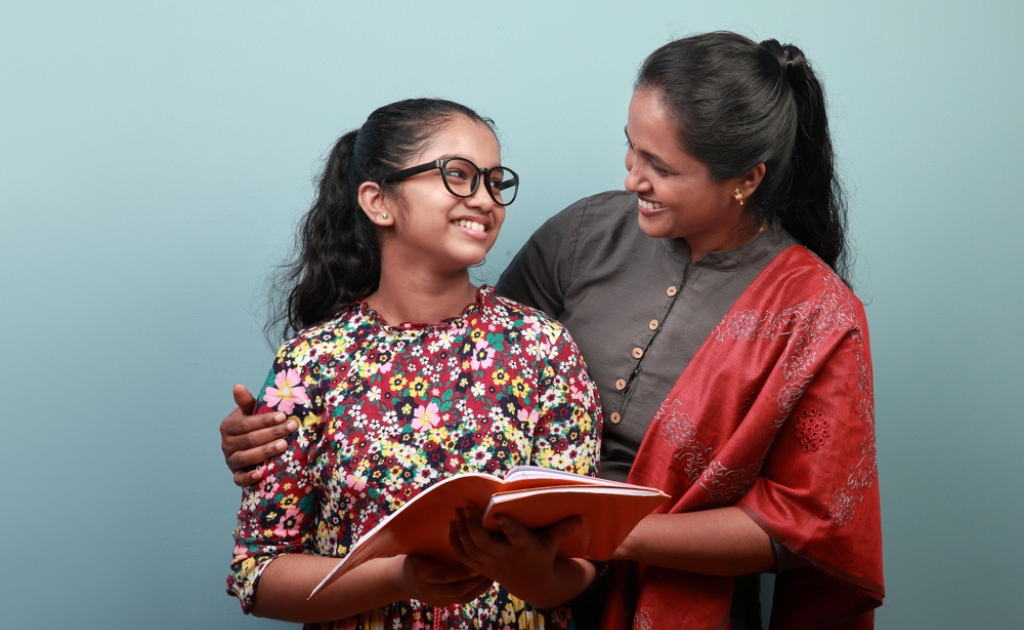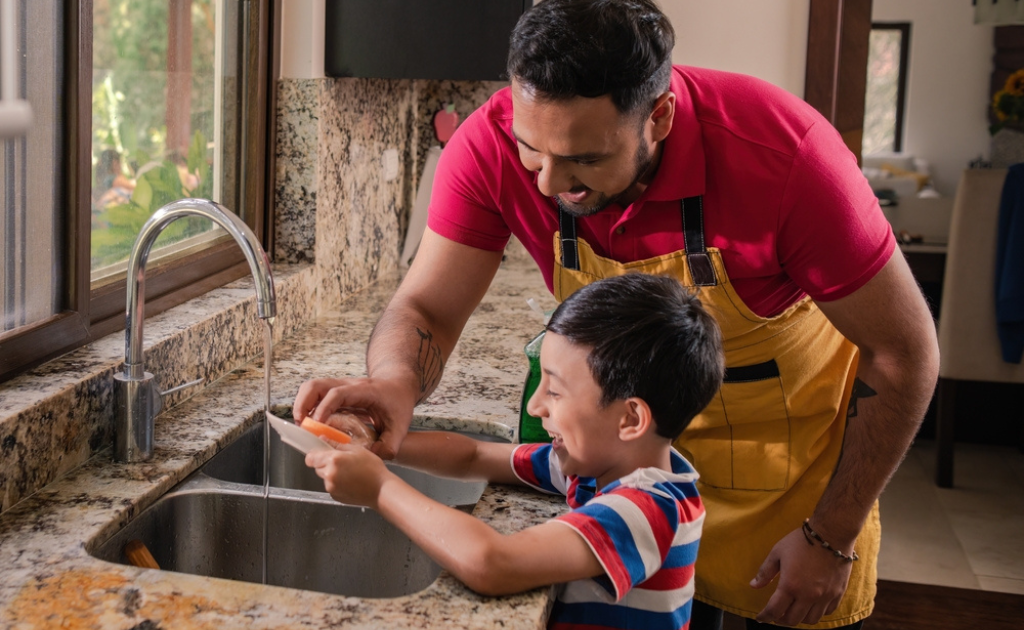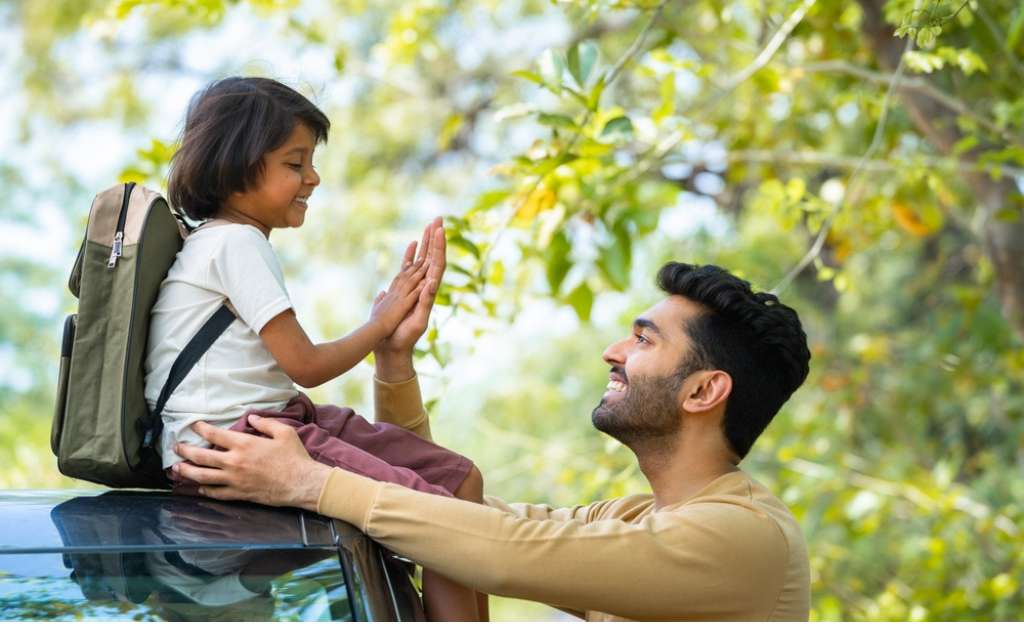It is very important to develop the qualities of gratitude and kindness from childhood, because it makes them sympathetic and human. When children get gratitude and kindness from an early age, a positive attitude develops between them and the development of the perfect personality is possible. As a parent, you can play an important role in developing a child’s life. Developing a habit of gratitude and kindness in children is not only social courtesy, but it enriches their personality, teaches to be respectful of relationships and makes life more beautiful. It is possible to guide them in the right direction by teaching good values and human qualities. Today we will know some effective ways through which you can teach your child gratitude and goodness –
Can teach the child than gratitude and virtue
1. Be itself roll model
Children learn from you and they simply imitate your behavior. So you have to be the right roll model. If you say ‘thanks’ for the help of others or evaluate the suffering of others, your child will learn it too. For example, if you help someone or give you, then your Child These behaviors will imitate. It will create sympathy and goodness in them.
2. Arouse sympathy
The seeds of sympathy should be sown in your child. This means that when someone is in trouble, explain to your child what the feeling of that person can be. You can ask them, like, “How can we feel good?” Or “Why are they sorry, you know?” It will teach them to understand the grief of others and show sympathy.
3. Gratitude
Develop a habit of expressing gratitude to your family every day. For example, every night or during dinner you say three things, for which you are grateful. It will teach your children how to be grateful to small things. A fun way is to create a jar, where you and your children can write on small pieces of paper to thank each other. In this way they will learn the joy of being grateful.
3. Book and story
A fun way to teach children gratitude and kindness for children is to read books or listen to stories. Reading stories based on gratitude and kindness will get a good idea about these qualities. There are multiple books that are helpful in creating good views of children. Reading them will be able to use these qualities in their real life.

3. Enthrall
When your child works kind and sympathetic, encourage them and reward them. It will make goodness in them more deeply. For example, if they help another baby, appreciate them and remind them that it was a good job. In this way they will be more kind and grateful.
3. To create a collaborative environment in the family
Create a cooperation and sympathy between your family members. For example, share the homework, all help each other. It will help you create sympathy and gratitude in your child. When they see that the elderly people are helping each other in the family, they will also learn how to be kind and sympathetic.

3. Social work
Children can participate in social work. For example, if they are involved in a grant or take part in voluntary work or help others, it will help to create the quality of kindness among them. They will know how important it is to help others in society.
3. Be patient while teaching
Gratitude and virtue are the qualities that have to be learned in time. Work patiently to explain the importance of these qualities to your children. Give time to teach them and move forward in small steps every day.
Teaching gratitude and goodness is important for your child’s future. These qualities will help to make them a perfect human being in their lives. The quality of gratitude and kindness among the child is not only for their personal development, but it also plays an important role in bringing positive changes to society. Every day, these values, which are developed through small habits, will make them a responsible, human and sympathetic human being in the future. So, from today, build the child in the teachings of love, respect and gratitude, so that they can grow up and move on to the enlightened future.
Photo- Sattarstock









